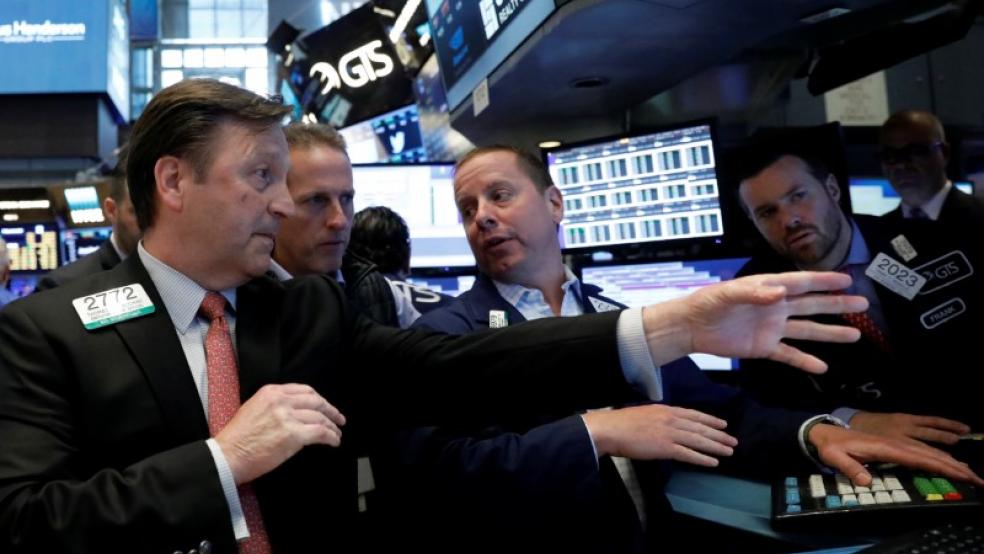(Reuters) - U.S. stocks sank on Wednesday, pushing the S&P 500 to close below 1,900 for the first time since September as investors grew anxious about weak energy prices, U.S. corporate earnings and the global economy.
All 10 S&P 500 sectors ended in the red, led by consumer discretionary shares, the healthcare sector and technology. Selling was broad, with decliners outpacing advancing issues on the NYSE more than 7 to 1 and on the Nasdaq by more than 6 to 1.All three major indexes are in correction territory. The S&P 500 is now down 11.3 percent below its May 21, 2015, closing lifetime high. At the same time, the Russell 2000 small-cap index <.rut> dropped 3.3 percent, putting it in bear market territory. The index is down 22 percent from its June 2015 record close. Stocks had started the day higher but sentiment turned negative when a brief rally in beaten-down oil prices stalled. Growing stockpiles of oil in the United States stoked market fears about demand."We've been in capital preservation mode since the year began and as the market has shown an inability to rally with any conviction, that's only increased the level of nervousness," said Michael James, managing director of equity trading at Wedbush Securities in Los Angeles.The market has attempted 10 intraday rallies at the outset of 2016, and each one has failed to sustain itself.The declines ended a two-day rebound for the S&P 500 and resumed the steep selloff that began at the start of the year amid concerns about a slowdown in China and global growth.The Dow Jones industrial average <.dji> closed down 364.81 points, or 2.21 percent, to 16,151.41, the S&P 500 <.spx> lost 48.4 points, or 2.5 percent, to 1,890.28 and the Nasdaq Composite <.ixic> dropped 159.85 points, or 3.41 percent, to 4,526.07.The CBOE Volatility index <.vix>, Wall Street's favorite gauge of uncertainty, gained 12.2 percent.Analysts said nervousness about fourth-quarter earnings added to the bearish tone. CSXWall St. resumes selloff; S&P 500 lowest since September

Shannon Stapleton



